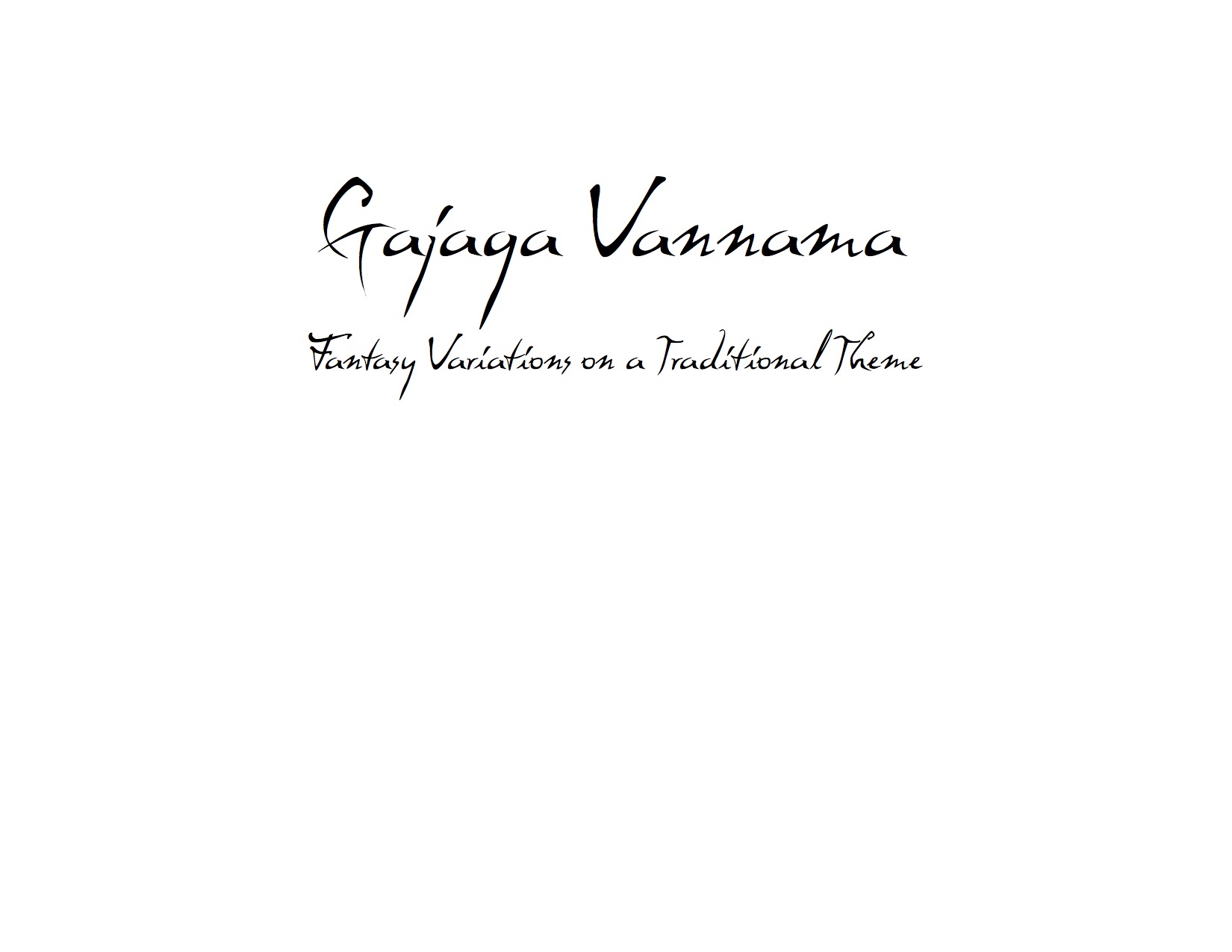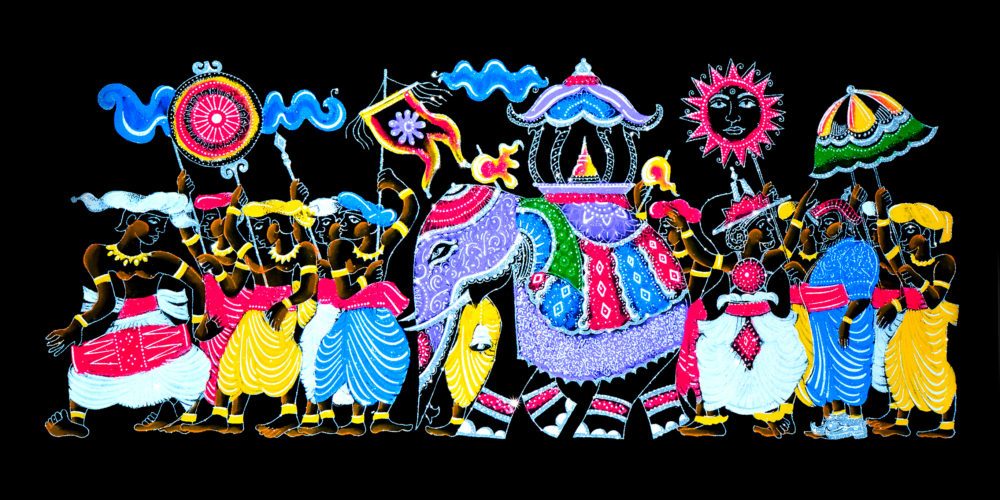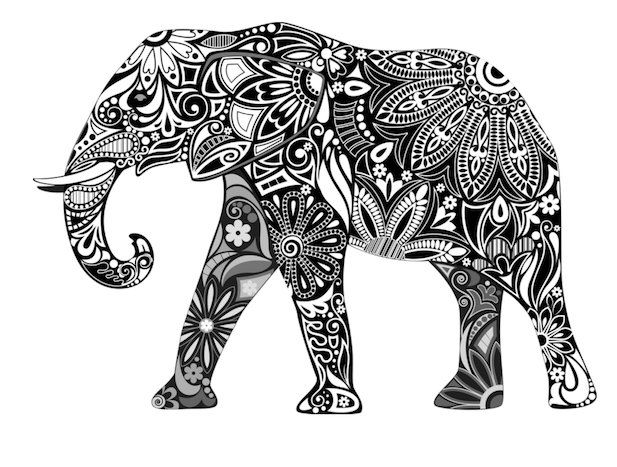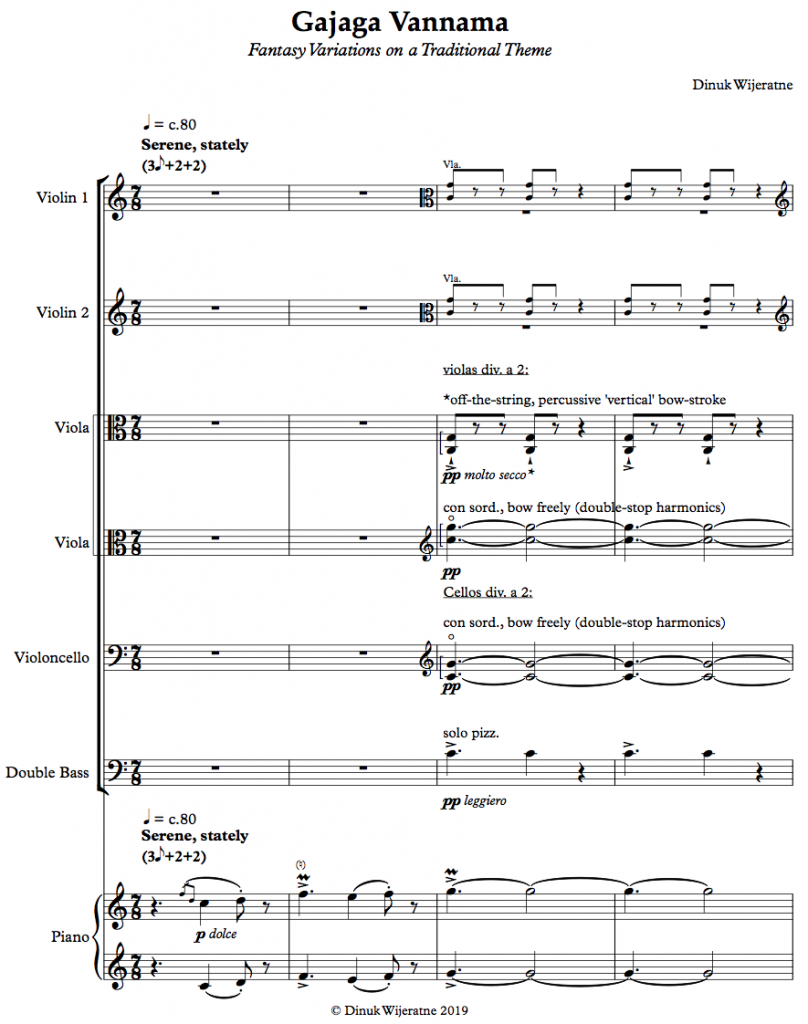'Exuberantly creative'
the New York Times
'An artist who reflects a positive vision of our cultural future.'
the Toronto Star
'A modern polymath...one of Canada’s
most sought-after classical artists'
The Manitoba Chamber Orchestra
'I'm a big fan of Dinuk. To experience the birth of a new piece of his is exciting.'
James Ehnes
'The [Tabla Concerto] is fantastic, complex, and brilliant.
The orchestration and solo writing are masterful. I didn’t
think one could pull off [such] a concerto, but Dinuk did.
I don’t know of anything like it. The audience went crazy
after it for good reason.'
John Corigliano
'[The] mesmerizing Sri Lankan-Canadian composer/conductor/pianist Dinuk
Wijeratne…proving his inestimable chops in all three disciplines while living up
to his creative reputation.'
the WINNIPEG FREE PRESS
'He is representative of the best of a new generation of musicians
who work fearlessly in a variety of styles with flair and imagination'
Ara Guzelimian
Dean - the Juilliard School
Former Director - Carnegie Hall
'Dinuk Wijeratne is a musical force to be reckoned with.'
The Winnipeg Symphony Orchestra
'Internationally acclaimed'
the North Sea Jazz Festival
'Compelling'
The Telegraph (UK) on the Tabla Concerto
'Dinuk Wijeratne continues to astonish us'
the Chronicle Herald
'Dinuk is one of the most gifted musicians I know.'
Bernhard Gueller
Music Director Laureate - Symphony Nova Scotia
Former Music Director - Johannesburg Philharmonic, Cape Town Philharmonic, Nuremburg Symphony
'[Dinuk] is a fabulous composer writing music full of energy,
expressivity, rhythmic complexity and non-stop excitement.
As a composer, conductor, pianist, improviser and experimenter
across various musical genres, Dinuk redefines what a classical
musician is and does.'
Christos Hatzis
'An artist internationally respected for his virtuosity and sensitivity'
the CBC
'Wijeratne's multi-disciplinary piano-playing sounds like
the work of an entire backing band....stretch[ing] his
audience's conception of how the
instrument should sound'
Lebanon Daily Star
'[The] Tabla Concerto is a pioneering work of musical fusion,
a seamless integration of the most complex aspects of
North Indian Classical Tabla music into a totally Western model.'
Bernhard Gueller
Music Director Laureate - Symphony Nova Scotia
Former Music Director - Johannesburg Philharmonic, Cape Town Philharmonic, Nuremburg Symphony
'Dinuk Wijeratne’s Tabla Concerto is a breath of fresh air
in the repertoire – a vibrant, colourful piece that orchestras
love to play, and audiences will never forget.'
JoAnn Falletta
Music Director - Buffalo Philharmonic Orchestra & Virginia Symphony Orchestra
Principal Conductor - the Ulster Orchestra
'Remarkable piano artistry....he has an enviable touch'
the California Chronicle
'Wijeratne’s extraordinary setting was the last of three concerts featuring
works commemorating Bishop. Not only interesting but apocalyptic - an
exciting whirlpool of energy and tranquility, marking the impact of Portuguese
steel on Brazilian rainforest and aboriginal humanity, and rising in its latter
stages to an apotheosis of movement and drums. The music was a brutal
exposition of colonialism at its nastiest, yet colourful, exotic, vividly original,
and sent over the top by the last section.'
the CHRONICLE HERALD on 'Brazil, January 1, 1502'
'Dinuk embodies the true meaning of an artist. His creative
approach to composition brings a fresh virtuosity to an age old
art form. Invisible Cities is a milestone in the genre.'
TorQ Percussion Quartet
'Voraciously curious, indefatigably adventurous,
Dinuk is an artist who appears to be constantly
challenging himself.'
Sri Lanka Sunday Times
'[Love Triangle] is the kind of direction I like to see composers who are writing for chamber music go in.
What [Dinuk] is able to do so expertly is articulate a mix of sounds, and a mix of worlds.'
Roman Borys, the GRYPHON TRIO
'[The] East-meets-West work bristles with the energy of a coiled spring,
fuelled by a near-impossible melting pot of Indian tabla-like dance rhythms,
funky jazz riffs, tonal clusters and extended instrumental techniques. It left
the impression one had just journeyed into the heart of a strange new world
of breathtaking beauty and joyous energy, and it earned a rousing standing
ovation by the bewitched crowd.'
the WINNIPEG FREE PRESS on 'Gajaga Vannama'
'One of the most exciting compositional voices in this country right now.'
the CBC (2023)
'The Tabla Concerto [is] an east-west fusion at once beguiling, deeply serious and joyous.
Wijeratne creates an entirely original soundscape.'
The Guardian, UK



